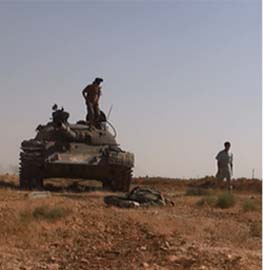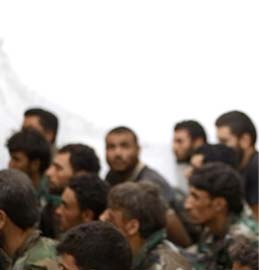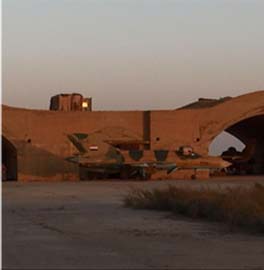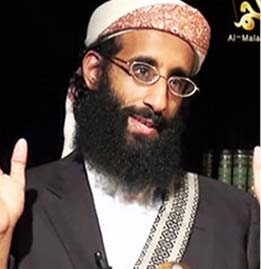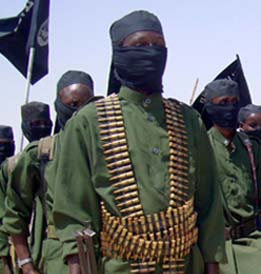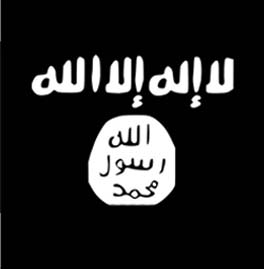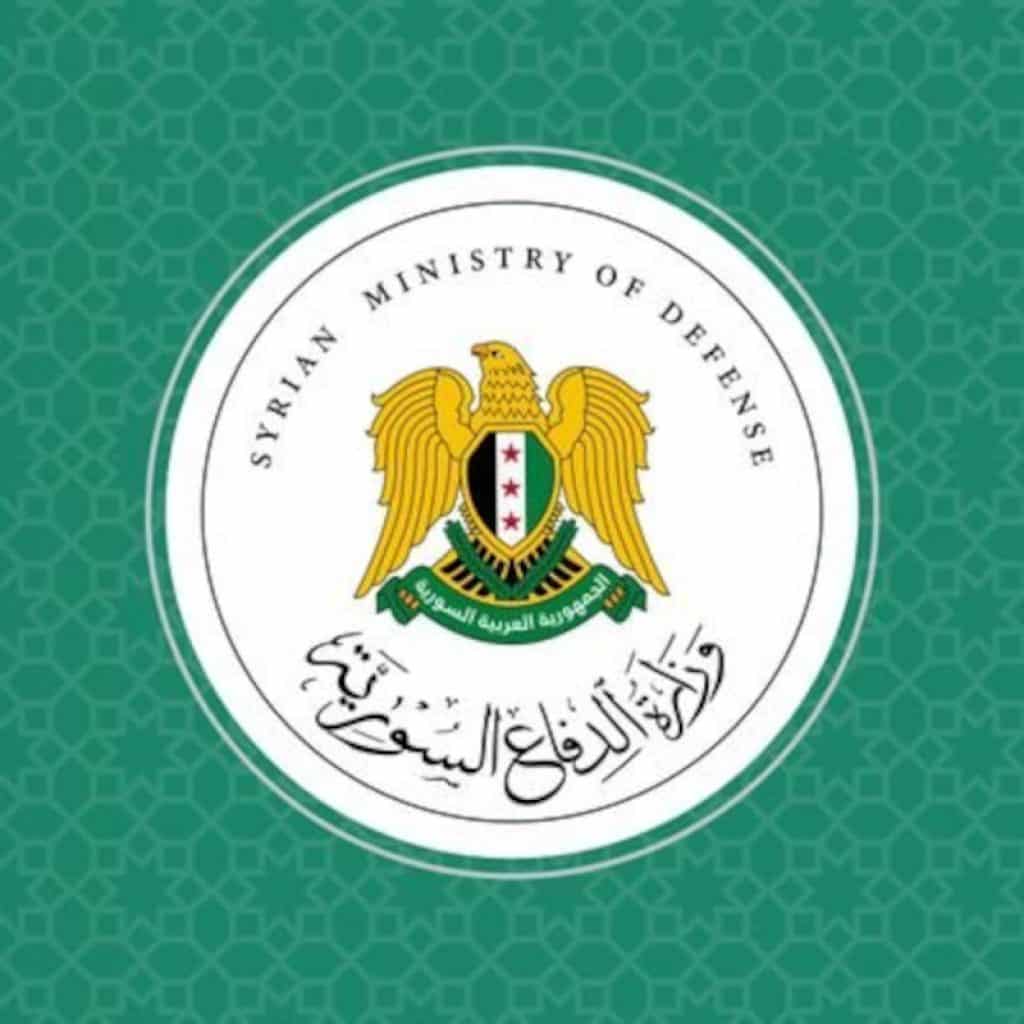
The new Syrian administration has announced the disbandment of the Bashar al Assad regime’s Syrian Arab Army and confirmed the integration of multiple rebel groups into a unified military under the Ministry of Defense. The ministry is now led by Murhaf Abu Qasra as minister of defense and Ali al-Naasan as chief of staff, both of whom previously served in Hayat Tahrir al Sham (HTS), Al Qaeda’s former affiliate in Syria.
The integration includes various Syrian opposition groups that agreed to dissolve and merge into the ministry, including HTS, Ahrar al Sham, Jaysh al Izza, Jaysh al Nasr, Ansar al Tawhid, Sham Legion, Al Firaq al Saliheyah, Jaysh al Ahrar, the Suqour al Sham Brigades, Jama’at Ansar al Islam, the Turkistan Islamic Party in Syria, Liwa al Muhajireen wal Ansar, the Nour al Din al Zenki Movement, the Levant Front, the Syrian Free Army, and select factions of the Turkish-backed Syrian National Army (SNA). Notably, the SNA factions include the Suleiman Shah Brigade, led by the US-sanctioned Mohammad Jasem (Abu Amsha), and the Hamza Division, led by the US-sanctioned Sayf Abu Bakr.
So far, no official details have been released regarding the structure of the new Syrian military, including how areas will be divided, who will lead its branches, or who will command military regions. However, some reports indicate that several foreign nationals will take key leadership roles.
It is important to note that in December 2024, Syria’s interim president, Ahmad al Sharaa, approved the promotion of numerous military commanders, many of whom are foreign fighters previously affiliated with HTS and other factions that participated in the “Deterring Aggression” campaign against Bashar al Assad.
The profiles of some foreign commanders in the new Syrian military leadership are documented by FDD’s Long War Journal below:
Abdul Rahman Hussein al Khatib (Abu Hussein al Urduni)
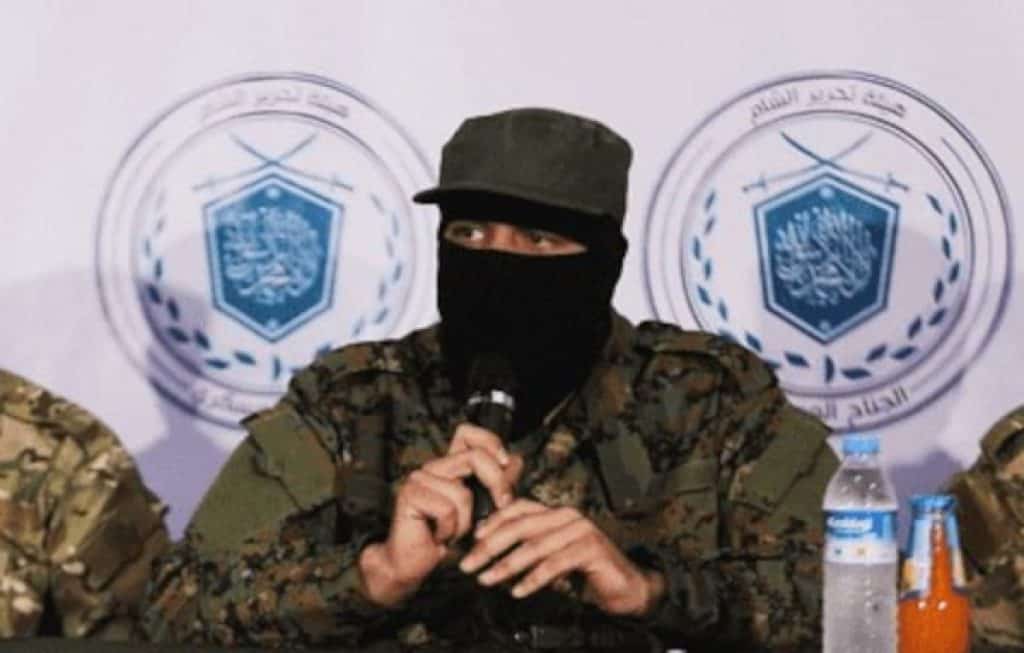
Khatib, a Jordanian national, has been appointed to lead the newly formed Syrian Republican Guard. Under Assad, the Republican Guard was one of the most crucial units of the Syrian Arab Army, the only force permitted inside the capital before the civil war. Its primary role was to protect the president and key government institutions, including the presidential palaces.
Reports indicate that Khatib’s first mission involved sweeping villages in Al Qusayr, Homs Governorate, over the past few weeks. His objective was to capture wanted individuals, seize weapons, and dismantle Captagon production sites along the Lebanon-Syria border.
Operating under the alias Abu Hussein al Urduni, Khatib joined Hayat Tahrir al Sham in 2013, when it was still known as Jabhat al Nusrah. He rose through the ranks to become one of HTS’s top commanders and gained significant trust within the group after the death of Abu Omar Saraqeb in 2016.
According to Independent Arabia, Khatib studied medicine in Jordan and was previously arrested by Jordanian authorities for his Salafist-jihadist ideology. His face remains hidden in all available images, yet he appears in multiple photos with Ahmad al Sharaa dating back to at least 2020.
Omar Mohammed Jaftashi (Mukhtar al Turki)
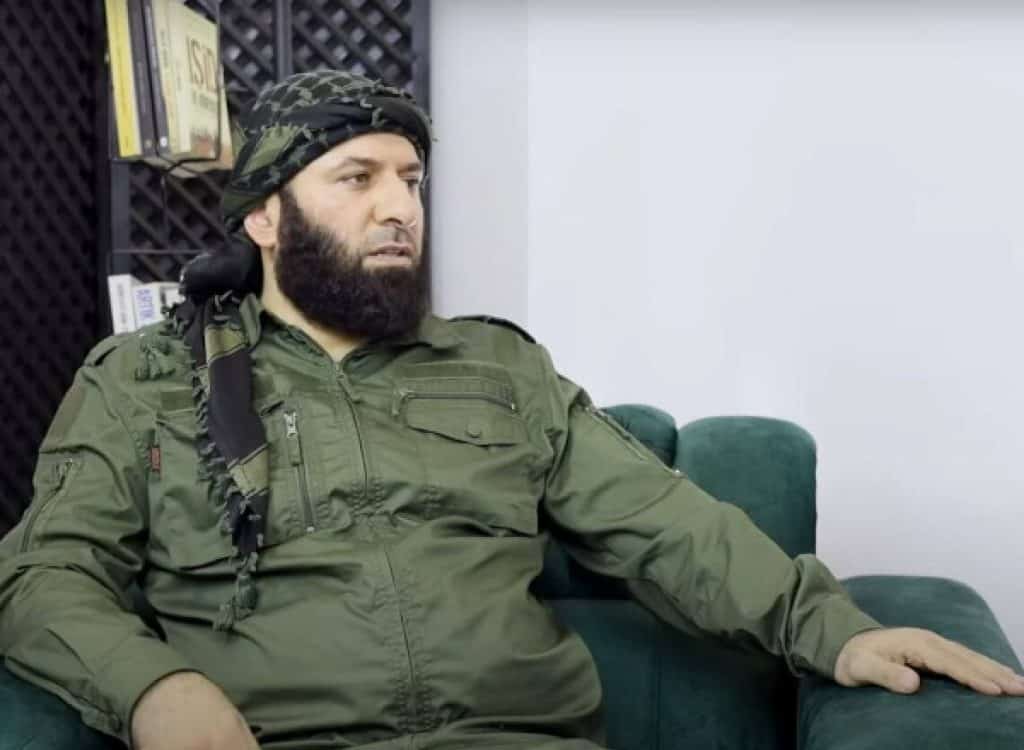
Jaftashi, a Turkish national, was appointed to lead the “Damascus Military Division,” also known as the “Protector of Damascus.” Before the fall of the Assad regime, he operated under the alias Mukhtar al Turki and was a secretive figure within HTS. Little was known about his movements, except for his unwavering loyalty to Abu Mohammad al Jolani.
Reports suggest that Jaftashi plays a key role in coordinating efforts between HTS and Turkish intelligence. Despite being a wanted individual in Turkey, he has maintained a close relationship with Turkish intelligence services.
Abdullah Shehadeh
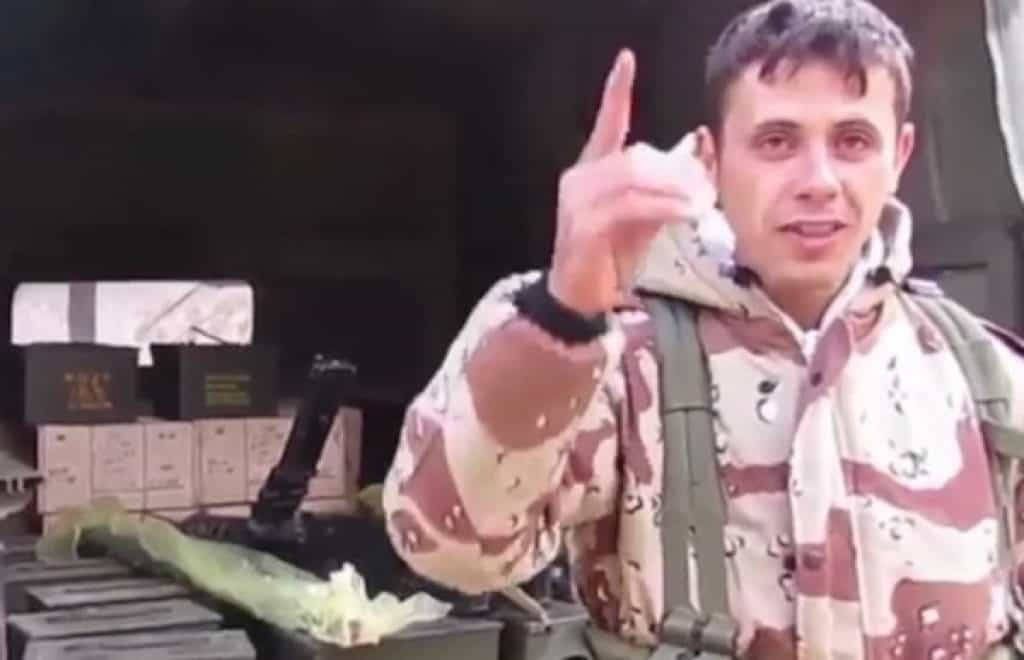
Abdullah Shehadeh, a Lebanese national, was named head of Syrian intelligence in Homs Governorate and the coastal regions, including Tartus and Latakia. Born in Akkar, Lebanon, Shehadeh defected from the Lebanese Armed Forces in 2014 to join Jabhat al Nusrah. His appointment is reportedly due to his close ties with Syrian intelligence chief Anas Khattab, a longtime ally of interim President Ahmad al Sharaa.
In a 2014 video, Shehadeh accused Hezbollah of manipulating the Lebanese military and discriminating against Sunni personnel, citing these as his reasons for joining Jabhat al Nusrah. He also claimed that the harassment of veiled Sunni women at checkpoints and the broader mistreatment of Sunnis by the army contributed to military desertions.
“It has become common knowledge that a Sunni Muslim who grew a beard was immediately arrested at checkpoints and sent to Roumieh Prison, while Hezbollah operatives were allowed to transport rockets freely,” Shehadeh claimed.
Alaa Muhammad Abdul Baqi

Alaa Abdul Baqi, an Egyptian national, was promoted to the rank of colonel in the new Syrian army by Ahmad al Sharaa. While no official reports confirm his specific role, he will likely assume a position given his experience as a military commander in Hayat Tahrir al Sham.
Baqi, also known as Abu Mohammad Diaa, entered Syria in 2014 to join Jabhat al Nusrah. He was previously sentenced to life in prison in Egypt and is designated as a terrorist by Egyptian authorities.
Reports indicate that Baqi was responsible for selling stolen property and war spoils in areas captured by Jabhat al Nusrah. He also held a position in the HTS-led Salvation Government, which controlled parts of northwestern Syria from 2017 until the fall of Assad in December 2024.

